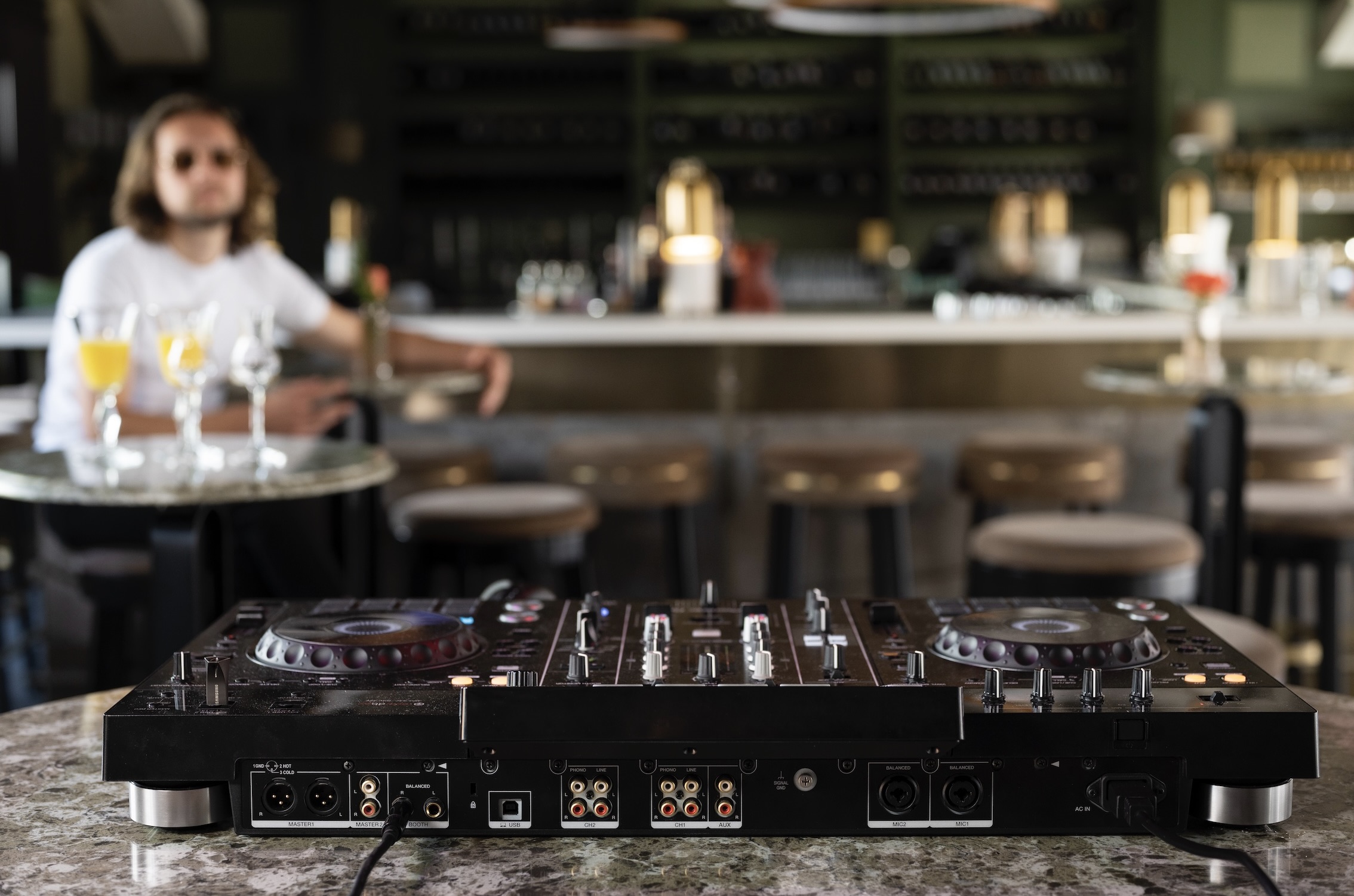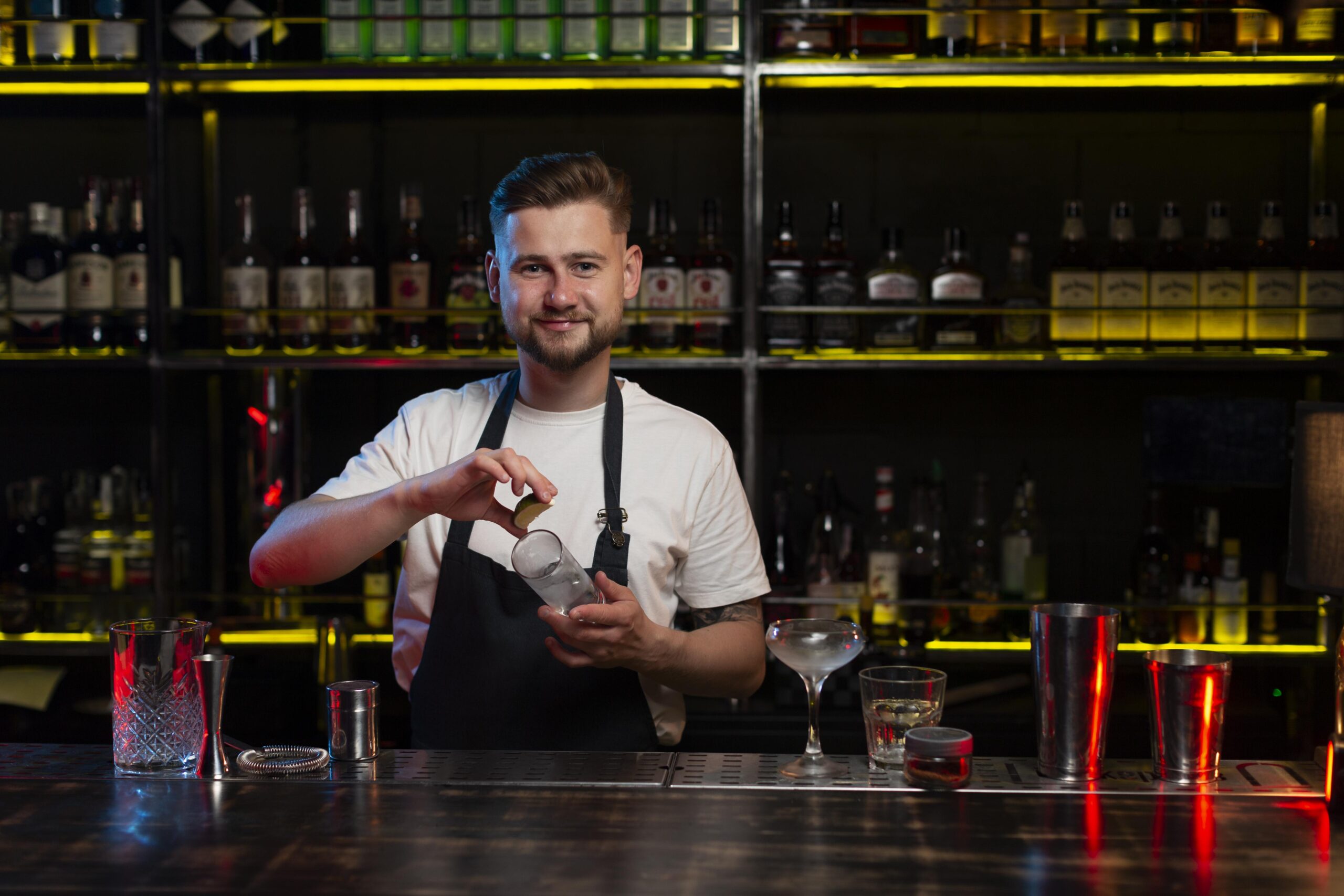The Smart Way to Open a Bar: A Practical Blueprint
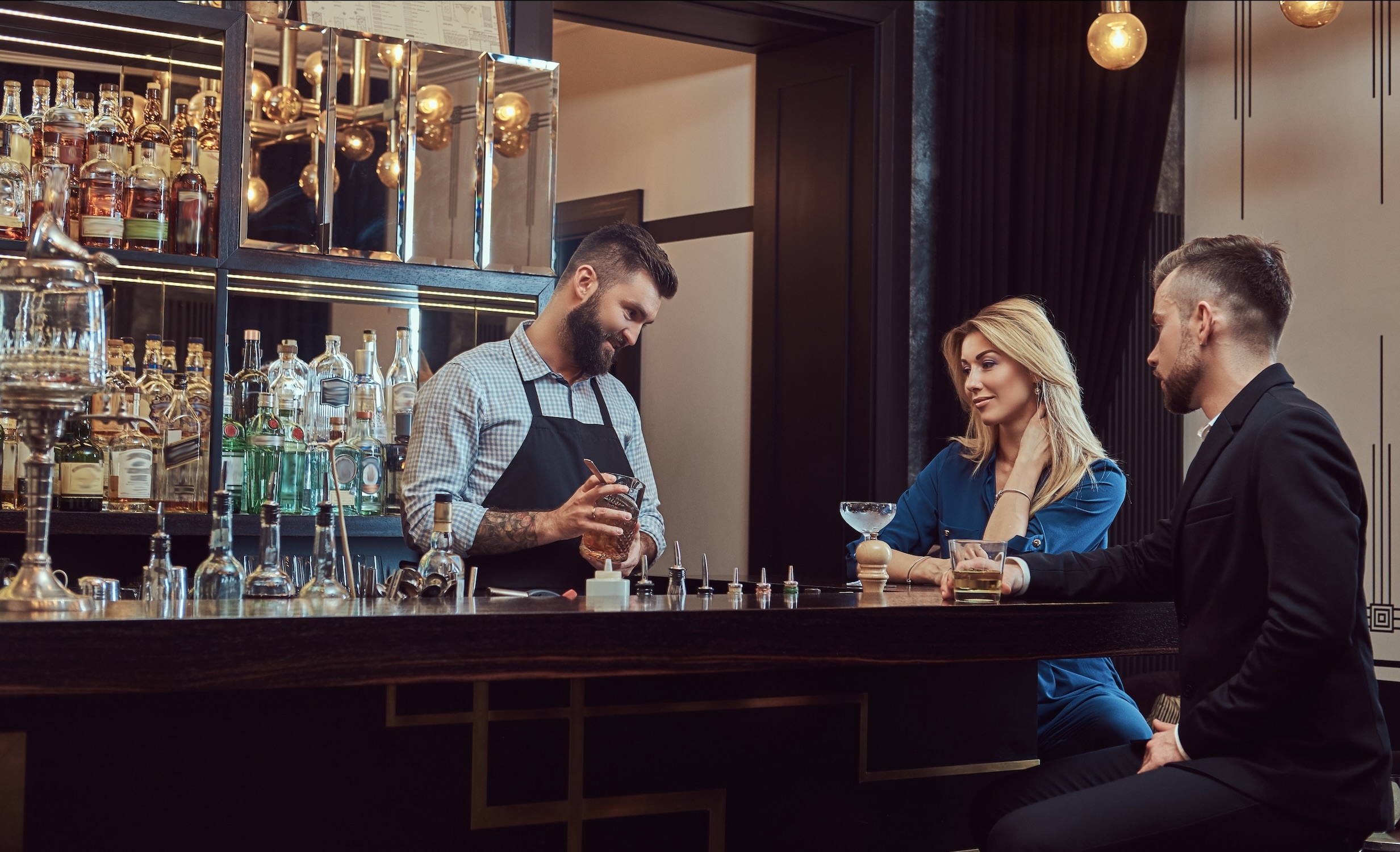
Opening your own bar is more than just choosing a playlist and stocking the drinks. Whether you’re wondering how do you open a bar, this article lays out a structured, realistic path from concept to opening night. We’ll cover key stages, decision points, budgets, and what to expect behind the scenes—with the kind of visualisation and candid tone that brings a plan to life.
- Step 1: Nail Your Concept and Know What You’re Doing
- Step 2: Business Plan, Legal Structure & Financing
- Step 3: Curate the Soundtrack and Atmosphere
- Step 4: Find Location, Licences & Build Out
- Step 5: Menu, Suppliers, Technology & Staff
- Step 6: Marketing, Launch & Sustaining Momentum
- FAQ

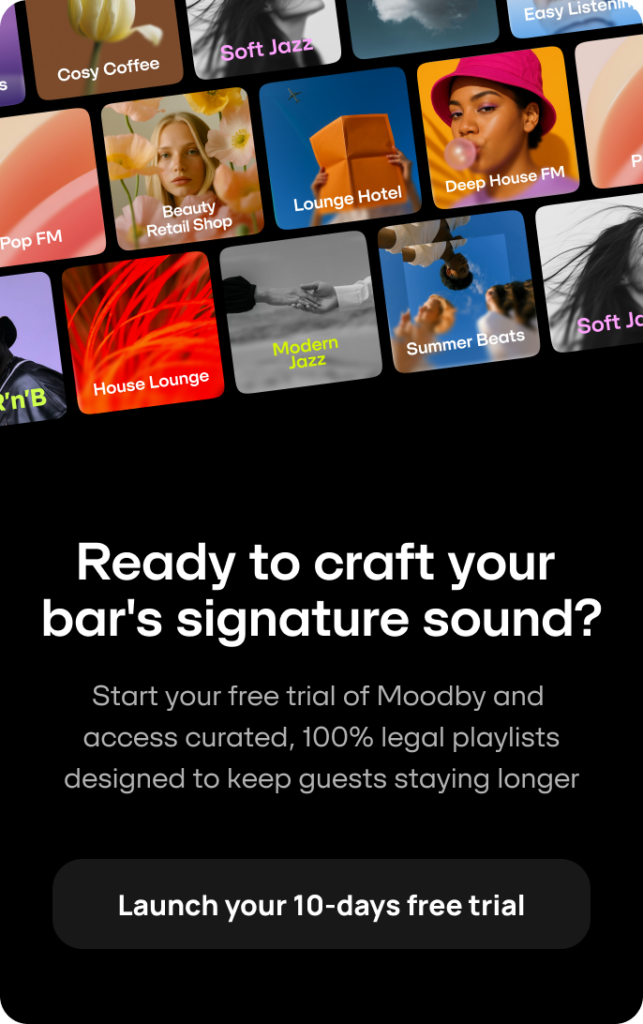
Step 1: Nail Your Concept and Know What You’re Doing
Before you lease a space or order glassware, you need a clear idea of what kind of venue you’re creating. This is the heart of how to start a bar business, even if you’re just exploring this path.
Ask yourself: what atmosphere will you offer? What kind of people will walk in and why?
From a bustling sports bar to a laid-back cocktail lounge or neighbourhood pub, the type of bar dictates nearly everything—location, design, menu, staffing. For example, one cost-breakdown showed an initial investment between USD $125,000 and USD $2 million when opening a bar from scratch.
Understanding your target market is critical (age, habits, nightlife-density, local competition) and will drive your brand, pricing and experience.
Tip 1: Visit bars in your area. Ask what you like, what you’d change. You’ll spot gaps.
Tip 2: Think about a unique angle that gives you an edge—perhaps a theme, local-brew focus, or special niche.
Step 2: Business Plan, Legal Structure & Financing
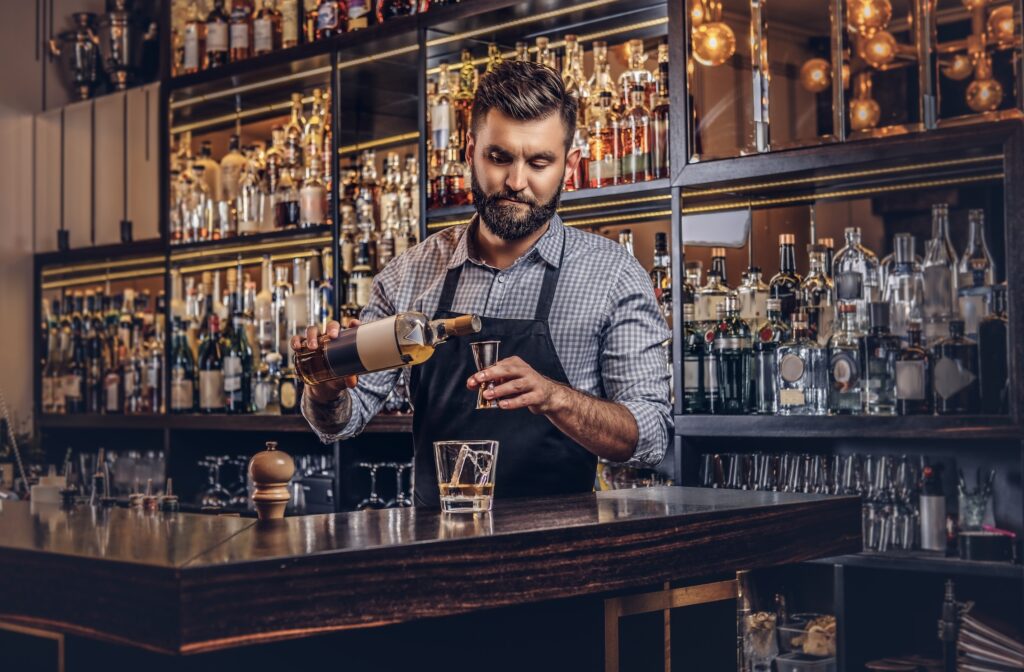
Now that you’ve got your idea, you need to ask: how to start a bar operationally and financially.
- Craft a business plan that covers: your concept, target customers, competition, financial projections, and marketing strategy.
- Choose your business entity (LLC, corporation etc) based on liability, taxes and growth plans.
Then: how will you fund your venture? Savings, bank loans, investors? Realistic startup costs must be clearly mapped out. For example: one guide estimated typical costs $100,000 to $850,000+, depending heavily on size and concept.
Here’s a simplified budget table to help illustrate the kinds of costs you’ll face when opening a bar:
| Category | Estimated Range (USD) | Notes |
| Lease / real estate | $50,000 – $200,000+ | Location and market matter |
| Permits & licenses | $5,000 – $20,000 | Varies heavily by jurisdiction |
| Equipment & supplies | $30,000 – $150,000 | Bar fit-out, furniture, glassware |
| Initial inventory | $20,000 – $60,000 | Alcohol, food (if applicable) |
| Marketing & branding | $10,000 – $50,000 | Launch campaigns, signage, website |
| Working capital | $30,000 – $100,000 | To cover early months of operations |
Once your plan is in place you can start securing space, vendors, staffing and licences.
Step 3: Curate the Soundtrack and Atmosphere
Music isn’t just background noise—it’s the pulse that shapes your bar’s identity and keeps guests lingering. If you’re exploring how to start a bar, curating the right soundscape is just as crucial as your drink menu or lighting.
- Align your playlist with your concept: high-energy tracks for a sports bar, chill jazz or lo-fi for a lounge, or local indie for a neighborhood pub.
- Curate 50-100 songs to start, rotating seasonally to avoid repetition and match moods (e.g., upbeat afternoons, mellow evenings).
- Test volumes and flows during soft openings—too loud kills conversations, too soft loses energy.
This ties directly into your overall atmosphere, boosting dwell time and repeat visits without overwhelming operations. As you build out your space and decide on ambiance, it’s also a good moment to think about the soundtrack—what your guests hear helps shape how they feel.
Step 4: Find Location, Licences & Build Out
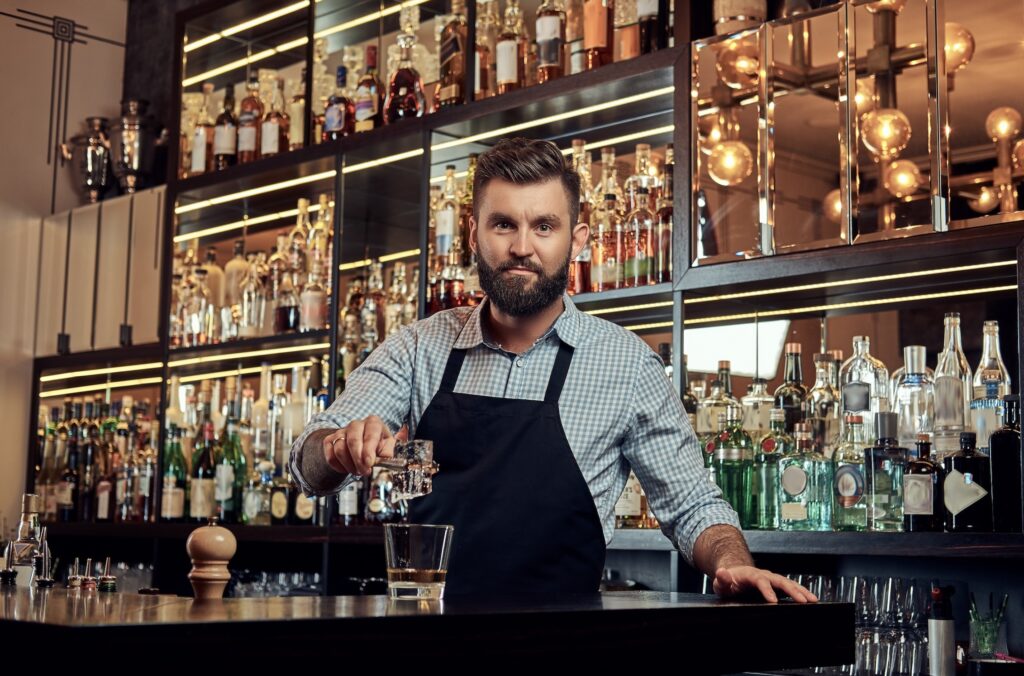
This is where starting a bar moves from paper to reality:
- Location is critical. Zoning, foot traffic, parking, visibility—all matter. One article puts it plainly: “A location can make or break any business, but especially so with a bar.”
- Design and build-out: Your décor, layout, lighting, furniture, bar-station—all contribute to the guest experience. Whether you’re building from scratch or remodeling an existing venue, budget carefully and anticipate delays.
- Licensing and legalities: In many places your liquor licence, health inspections and other regulatory approvals will take weeks or months. For example, opening a bar in California could cost $150,000–$1 million and involve layers of approvals.
Step 5: Menu, Suppliers, Technology & Staff
With location under contract and licences in progress, focus turns to operational systems.
- Menu: Curate your drinks and possibly food menu to match the concept, keeping in mind cost control and margin.
- Suppliers: Secure agreements for alcohol, mixers, food (if applicable).
- Technology: Choose a POS system, inventory tracking, and scheduling tools. The right system helps you monitor costs and margins.
- Staff: Hire and train bartenders, barbacks, servers, managers. The people you bring in become the face of your bar.
Step 6: Marketing, Launch & Sustaining Momentum
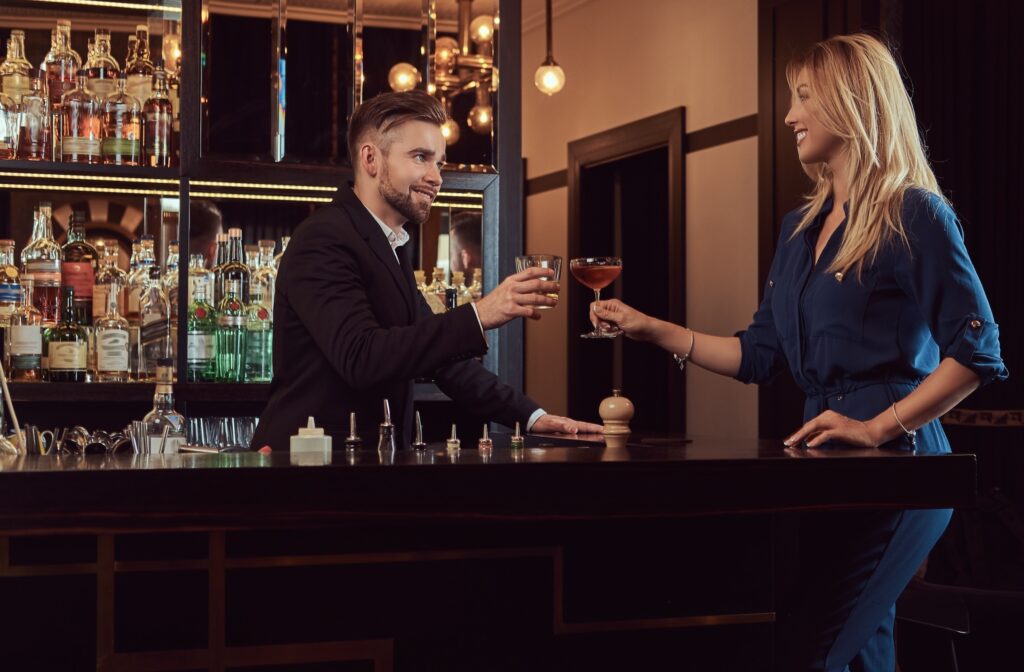
Now you’re in the home stretch to actually open and stay open. Marketing isn’t just “opening day” buzz—it’s building a community. If you’re serious about how to open a bar successfully, focus on social media, local partnerships, events, and soft opening nights to build lasting momentum.
When you’re letting people in the door for the first time, your operations (service speed, drink quality, atmosphere) must shine. Many early failures occur because execution didn’t match the promise. Once open, you’ll need to track sales, margins, inventory shrinkage, regulars vs. new guests—all to maintain profitability. One piece of advice: many bars operate on net profit margins of around 10-15% if everything runs well.
FAQ
What is the first step when opening a bar?
The first step when starting a bar is defining your concept clearly—deciding what kind of bar you want to build, who you’re serving and what makes you unique. Without that, other decisions (location, menu, brand) lack direction.
What licences do I need for opening a bar?
You will typically need a business entity registration, a liquor licence or permit, health department approval (if serving food), zoning approval, and possibly entertainment/occupancy permits depending on your concept.
How can I keep my bar thriving after the launch?
Focus on delivering a consistent experience (service, drinks, cleanliness), build relationships with regulars, keep marketing fresh (events, social media), stay watchful of costs (inventory, staffing), and adapt to changing trends in your local market—key habits for anyone serious about starting a bar.
How do I choose a good location for my bar?
Look for a neighbourhood aligned with your target audience, ensure visibility and accessibility (parking, transit), check zoning, and evaluate local competition. Location is a major factor in how your bar will perform.
What kind of profit can a bar expect?
While results vary, many bars aim for net profit margins in the ballpark of 10-15% if operations are effective and costs are controlled.
How much does it cost to open a bar?
Costs vary widely depending on size, location and type of bar. For anyone researching how to start a bar business, estimates range from around USD $100,000 for a small neighbourhood spot to well over a million for larger venues.
